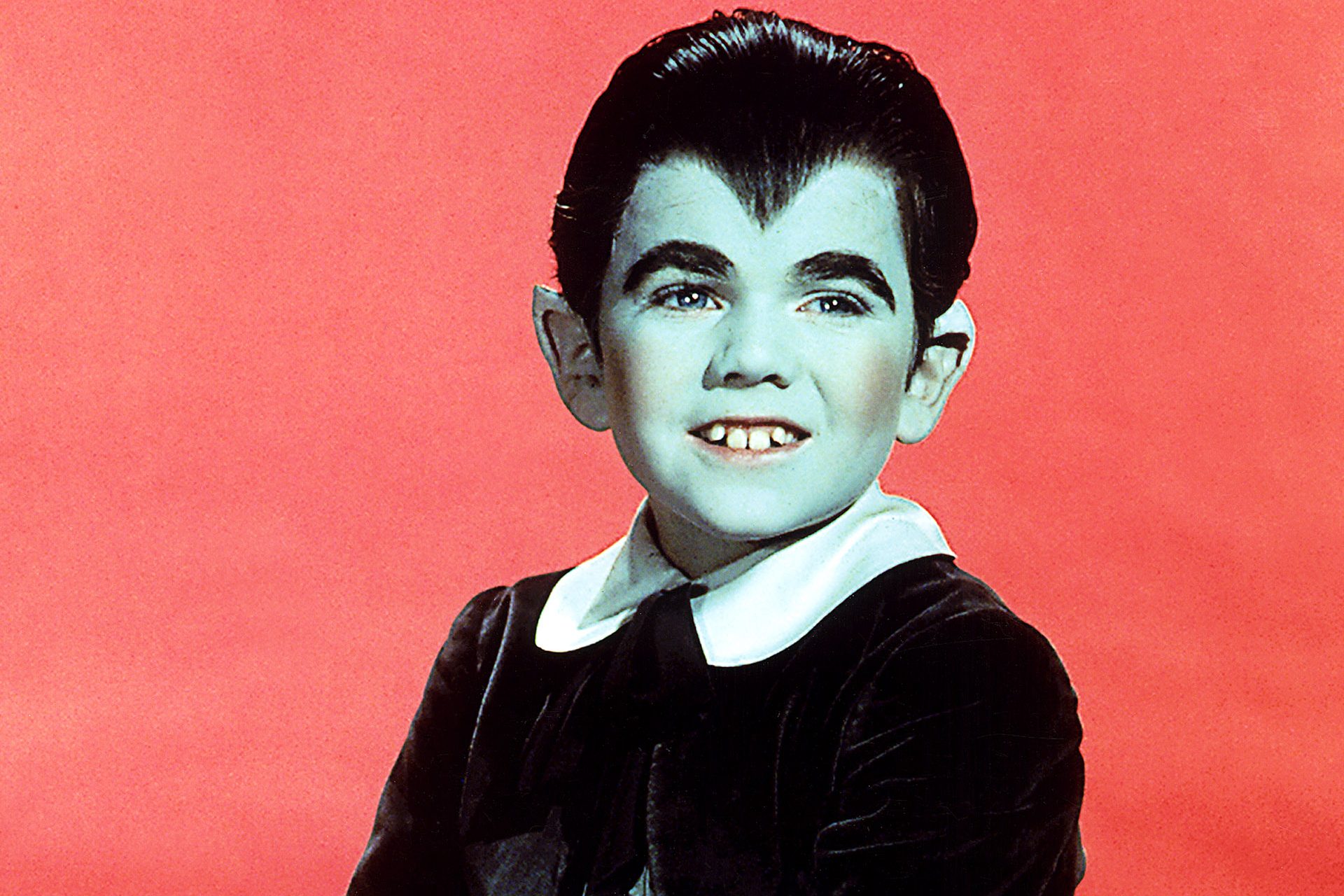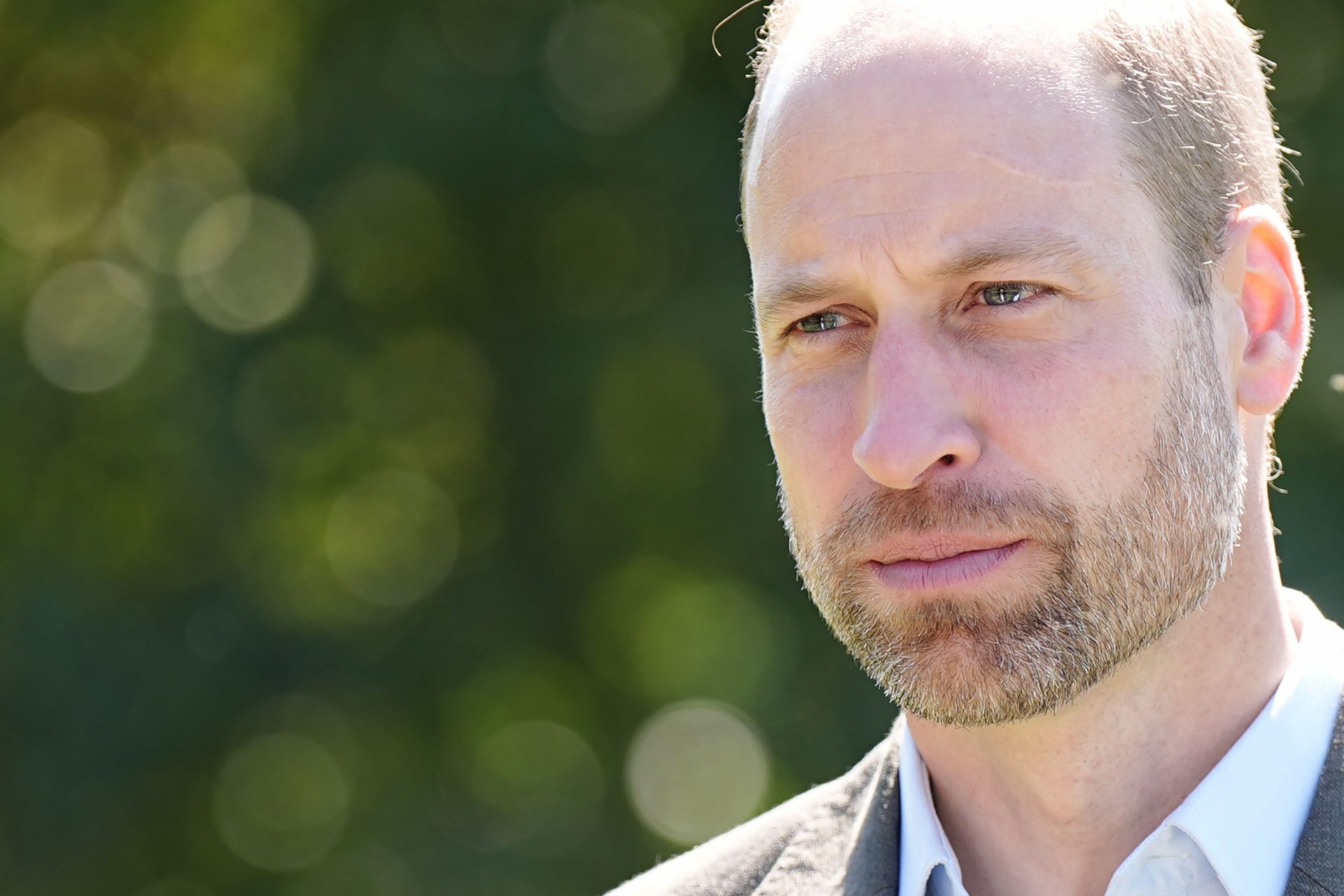The Beltracchis, an infamous art forger couple
This art forgery scandal is considered the biggest in history since the end of the Second World War. The married couple Wolfgang and Helene Beltracchi earned several millions with their forgeries of expensive pieces. By now, however, their own works of art are coveted by collectors all over the world. Who are these Beltracchis and what did they do?
In 2008, the Beltracchis' fraud was exposed and shook the art world. Wolfgang Beltracchi had forged paintings in the style of well-known artists such as Max Ernst, Max Pechstein, Fernand Léger, André Derain, and Heinrich Camendonk for several years and sold them as originals. His wife Helene helped him with the sales in the art market.
The 'master forger' Wolfgang Beltracchi, as the German broadcaster ZDF calls him, was born in North Rhine-Westphalia in 1951. His father was a church painter, inspiring him to paint as well. After being expelled from high school, Beltracchi attended the Werkkunstschule (Artworkschool) in Aachen, which he left without graduating. In the end, basically, Beltracchi taught himself most of his skills as a painter.
By his own account, Wolfgang Beltracchi began counterfeiting works of art as early as the 1970s. He painted fictional works from the Old Masters and from the Art Nouveau and Expressionist eras and sold them at flea markets.
Wolfgang and Helene Beltracchi met in 1992 and settled with their children in France in 1995. They would live there until their arrest in 2010 and organized the art fraud from their French residence.
According to Spiegel magazine, Helene Beltracchi was the brains behind the art forgery operation. She was responsible for marketing the fake paintings.
Together with two accomplices, the Beltracchis brought the forgeries onto the art market, always selling to auction houses and presenting them with forged authorizations of experts. The Beltracchis earned around 16 million euros (17 million dollars) this way.
The Beltracchis said that most of the paintings came from collections of Werner Jäger, Helene Beltracchi's grandfather, and Wilhelm Knops. Of course, these collections never existed.
Wolfgang Beltracchi not only copied existing art, but he also created new works in the styles of the painters he had previously forged works from. He was able to analyze and implement the 'handwriting' of the painters so well that the fraud went unnoticed for a long time.
As material for his paintings, Beltracchi used the canvas of unknown works of the same era. That way, they would seem authentic. He also put stickers from renowned galleries of the time on the frames in order to fool professionals into thinking that the works had really passed through there.
Speaking to Spiegel magazine, Beltracchi stated that he forged and sold about 50 paintings. However, when he was arrested, only 14 had been exposed as forgeries. This means that there are still quite a few Beltracchi forgeries in art collections today, passing for real works.
Doubts about the authenticity of the paintings sold by the Beltracchi couple had repeatedly surfaced, but they were never pursued any further by experts in the art market. It's possible that these experts feared that some of the paintings in their own galleries might also turn out to be fake, which would of course be terrible for their reputations.
Moreover, the Beltracchis were able to respond to initial doubts by professionals with recreated photos of the original, old collection. Helene Beltracchi would slip into the role of her grandmother for photos of the 'Werner Jägers' collection, thus making it seem as if the paintings in the collection were really old.
Finally, the art fraud was exposed in 2008 when the company Art Analysis & Research discovered the forgery. The company specializes in the analysis of art through modern methods.
Beltracchi had personally mixed the colors for most of the works himself, but for his fake 'Red Picture with Horses' by Heinrich Campendonk, he had been sloppy. The painting was auctioned for 2.9 million euros (3.06 million dollars).
Due to a mixup with the labels, Beltracchi had accidentally used finished zinc white for the painting. This type of paint contained titanium oxide, a substance that was not used at the time the picture was allegedly created. It was clear proof of a fraud and Beltracchi was caught.
The Beltracchis were arrested in August 2010 and sentenced for organized commercial fraud in October 2011 by the Cologne Regional Court. Wolfgang Beltracchi had to go to prison for six years, Helene Beltracchi for four years, and an accomplice of the couple got five years.
The Beltracchis were allowed to spend their prison time in open prisons, which means that they could go about their work during the day and only spend the evenings and nights in prison.
The art forgery scandal gave the Beltracchis international fame. Their story was told as a documentary on television and in cinemas. Wolfgang Beltracchi wrote two books, including an autobiography, and was invited to various TV programs. He was a celebrity.
The documentary film 'Beltracchi - The Art of Forgery' was awarded the German 'Golden Lola' film award and even received a nomination for the long list of the Oscars. The Beltracchis were co-writers of the film.
Exhibitions of paintings by Wolfgang Beltracchi, which he now signs with his own name, are often sold out. In an interview with stayinart.com in 2016, Wolfgang Beltracchi said he has now "gotten back to his life as an artist."
Having served their sentence, the Beltracchis now live in Switzerland. Wolfgang Beltracchi has told the newspaper Westfalen-Blatt that he is "one of the most expensive artists in Europe." He paints 15 to 20 pictures a year, both originals and copies, and they get sold before Beltracchi even paints them.

































